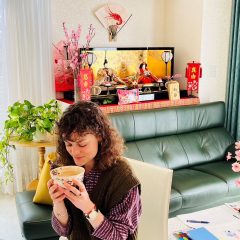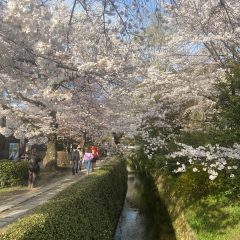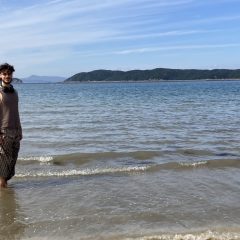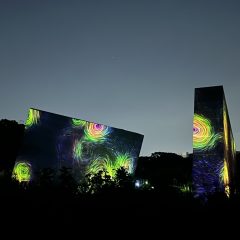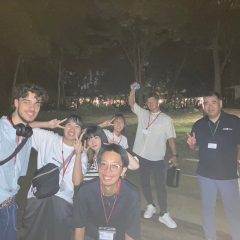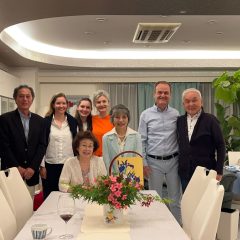☆☆☆The third report of Antonia Kammüller, 21 scholarship holder of the Grünwald Foundation☆☆☆
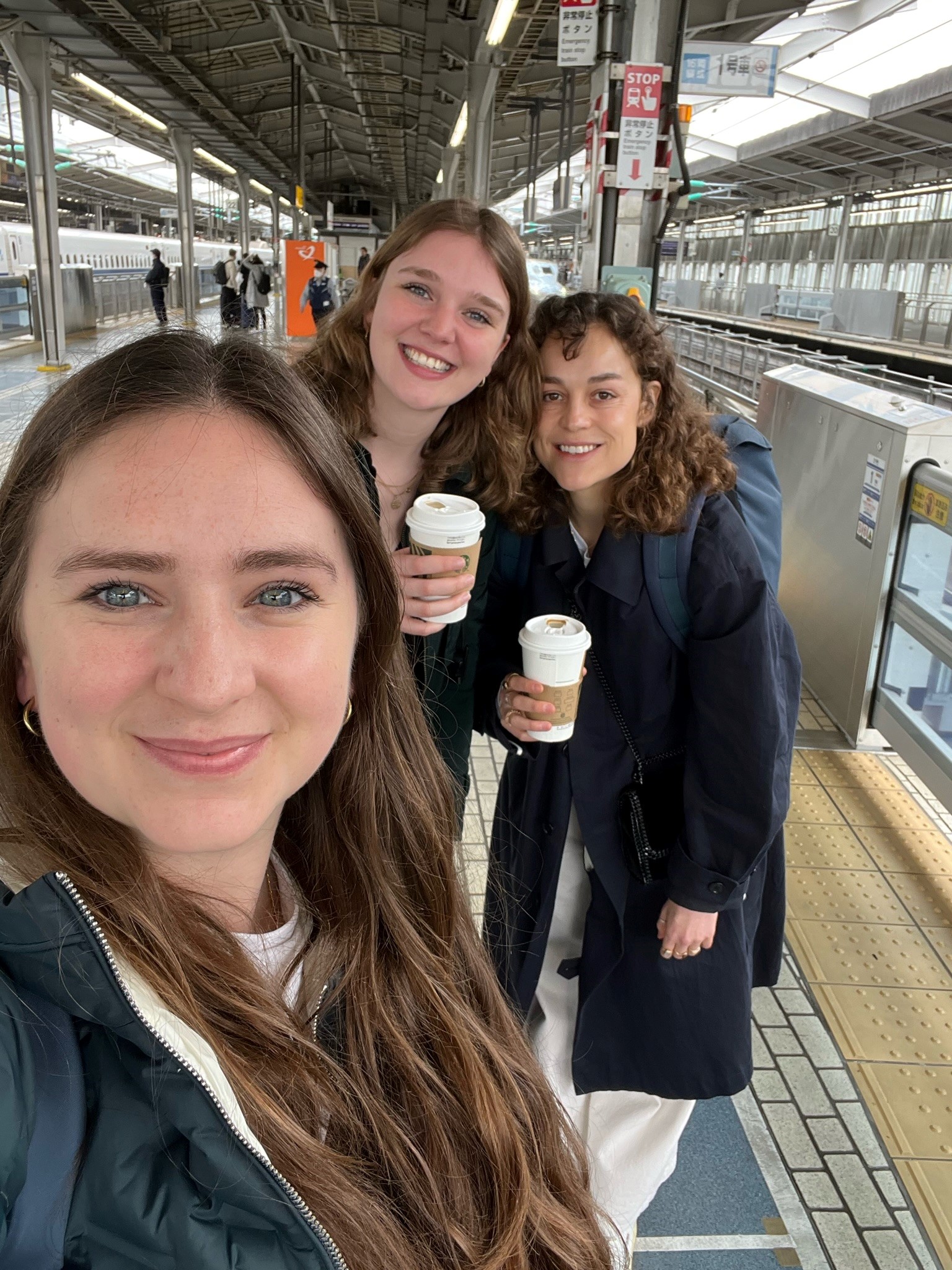
“Travel makes one modest, you see what a tiny place you occupy in the world”.
Gustave Flaubert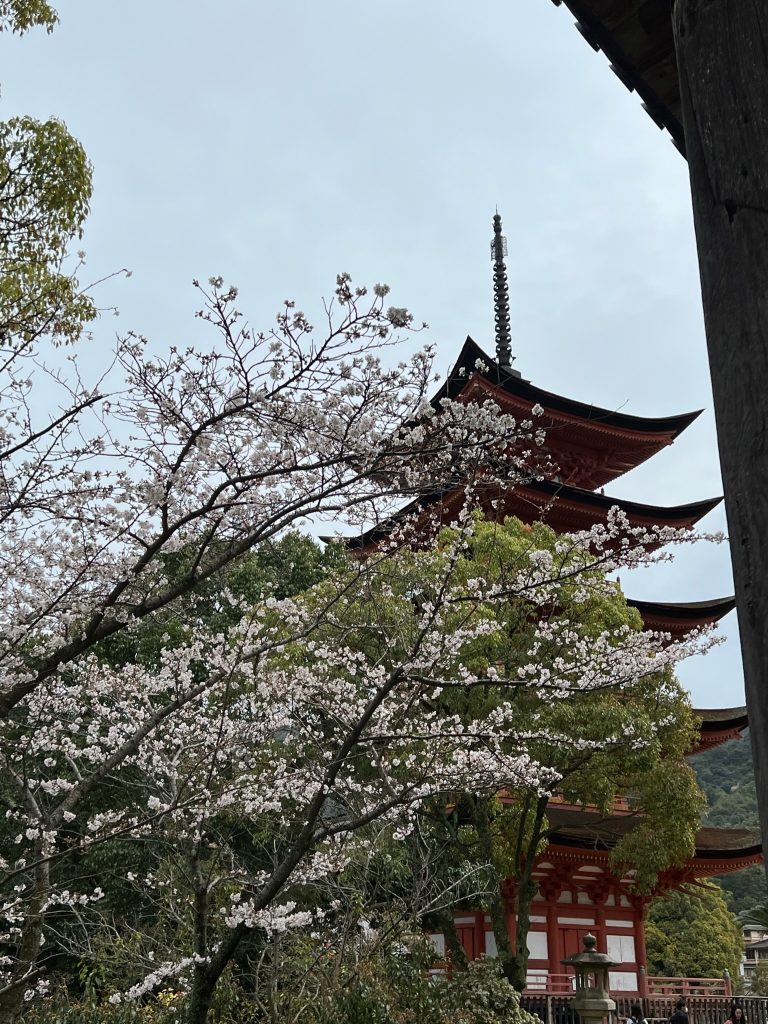
This quote has been on my mind since the beginning of my time in Japan, as I have been humbled by the vastness and diversity of the world around me. Over the past two weeks, I explored historic sites, met with foreign dignitaries and enjoyed cultural experiences that have broadened my perspective and taught me the value of intercultural relationships and the importance of building bridges between nations and cultures to promote greater understanding, respect, and acceptance.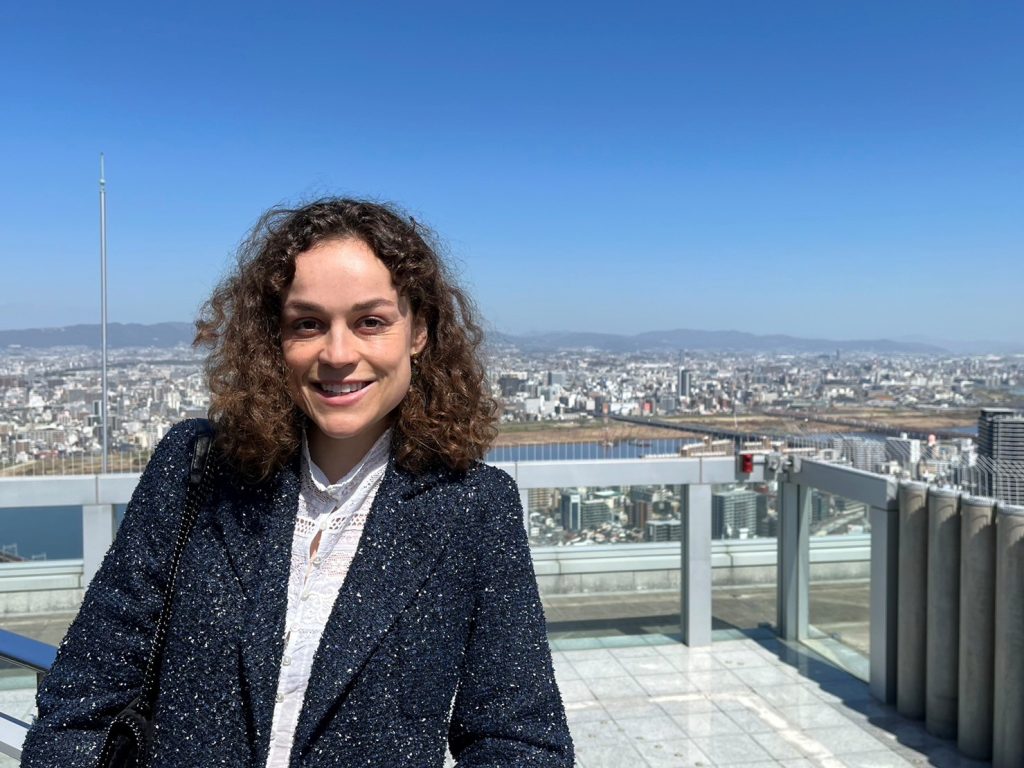
I had the opportunity to meet the German Consul General of the Federal Republic of Germany, Martin Eberts, in his office located in the Umeda Sky Building in Osaka. It was a truly remarkable experience to meet with such a high-ranking official and to be able to see Osaka from his office, which offered breathtaking panoramic views of the city. During our conversation, we talked about a variety of topics, including the strong friendship between Germany and Japan. Consul General Mr. Eberts emphasized the importance of this friendship, citing shared values such as democracy, human rights, and the rule of law. He also highlighted the strong economic ties between the two countries, with many German companies operating in Japan and vice versa.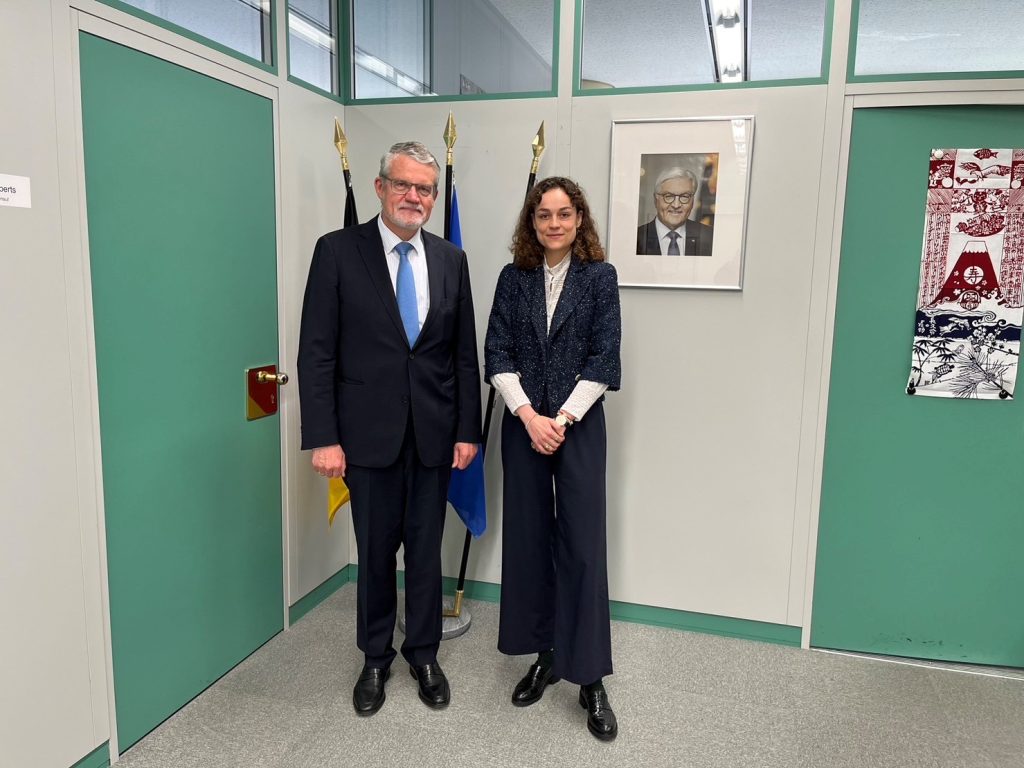
I found it fascinating to hear about the depth and history of the relationship between Germany and Japan, and to understand the reasons behind the strong bonds between our two countries. It was a reminder that friendships between nations can have a real impact on the world and that they require ongoing effort and nurturing.
In the evening of the same day, I attended an economic roundtable, hosted jointly by the German Consulate General Osaka-Kobe and the Japanese-German Business Association (DJW). The discussion focused on the challenges of the Japanese job market and explored ways in which foreign companies could position themselves as attractive employers. It was a fascinating and insightful conversation, highlighting the importance of cooperation and exchange between nations in addressing complex global issues. In addition, we were treated with a performance by a Japanese artist who played the shamisen, which is a traditional Japanese stringed instrument with a distinctive sound and appearance.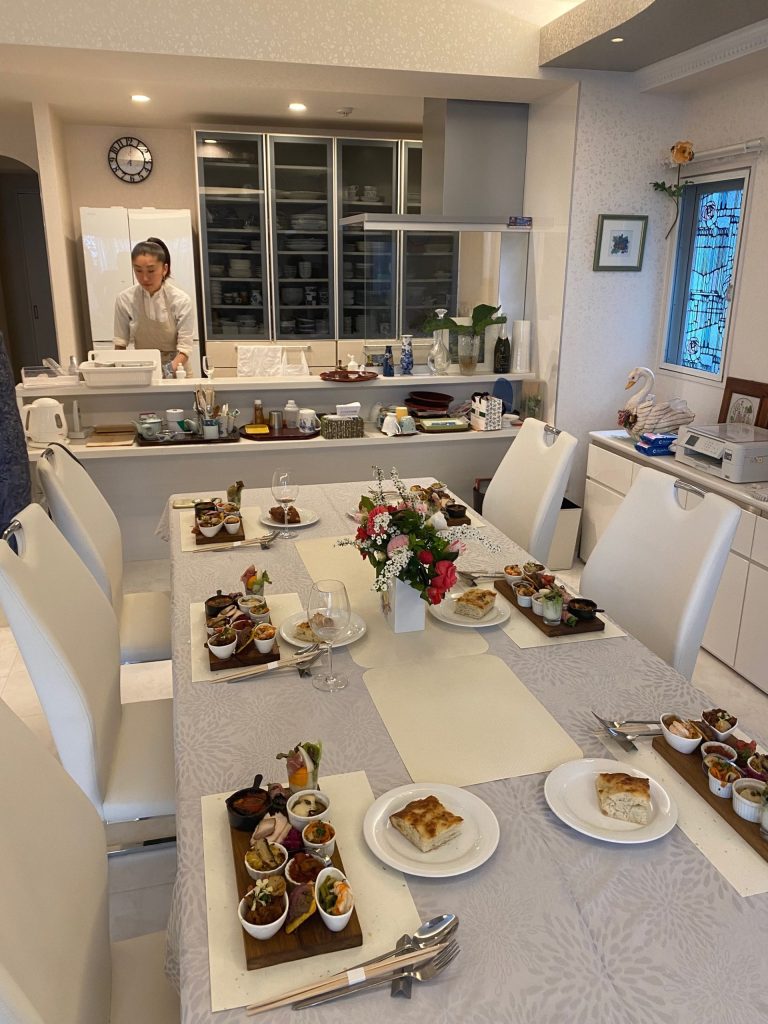
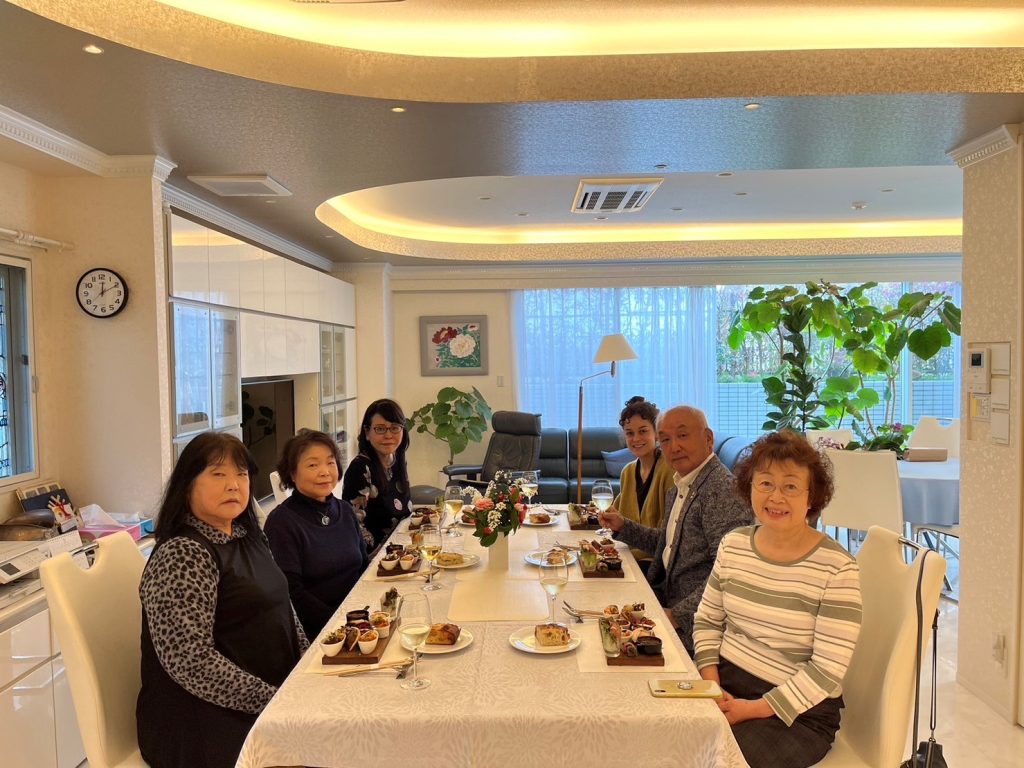
Another highlight of my time in Japan was being invited to an Italian lunch at the home of Mr. and Mrs. Okamoto. Not only was the food delicious, but the fact that it was prepared by a Japanese chef who had worked in Italy for many years made the meal even more special. The combination of Italian cuisine with Japanese ingredients and cooking techniques created a unique fusion that was both flavorful and innovative.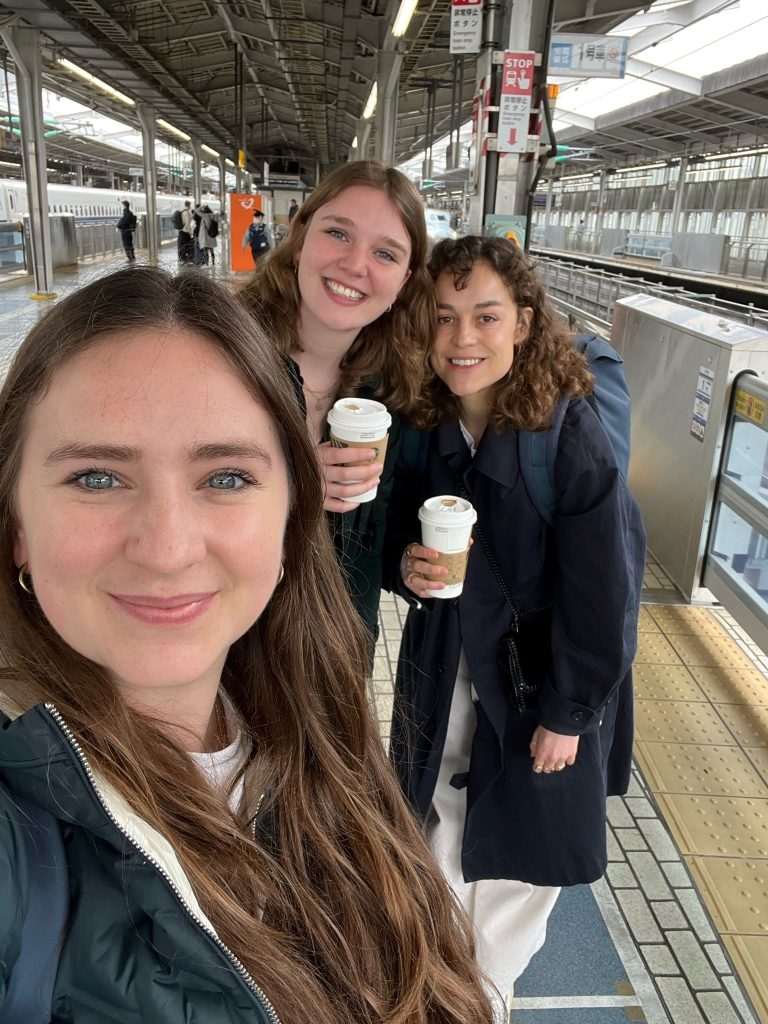
Last weekend, accompanied by two dear friends from Germany, we set out to explore Hiroshima, a city located in Japan that holds a significant place in history due to the atomic bomb attack that took place on August 6, 1945. We started with the Hiroshima Peace Memorial Museum, which is located in the center of the city and is dedicated to documenting the events leading up to and following the atomic bomb attack on Hiroshima. It was a sobering experience that left a deep impression on all of us. We were struck by the scale of destruction caused by the atomic bomb and the suffering of the survivors. Some of the key takeaways from our visit are: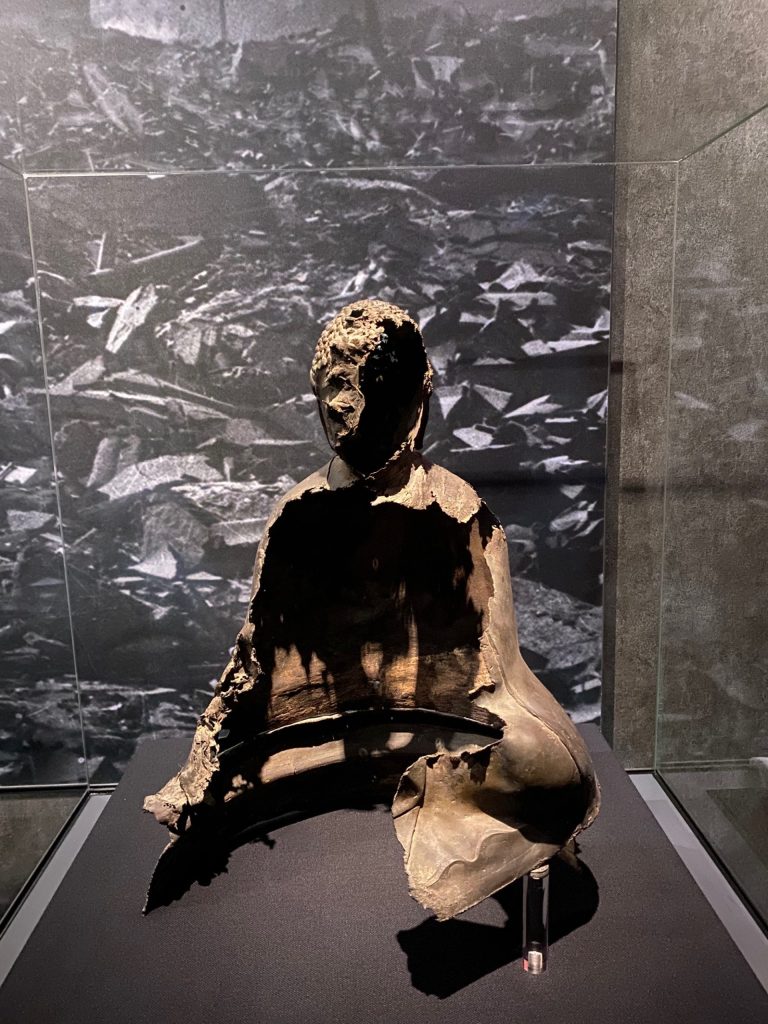
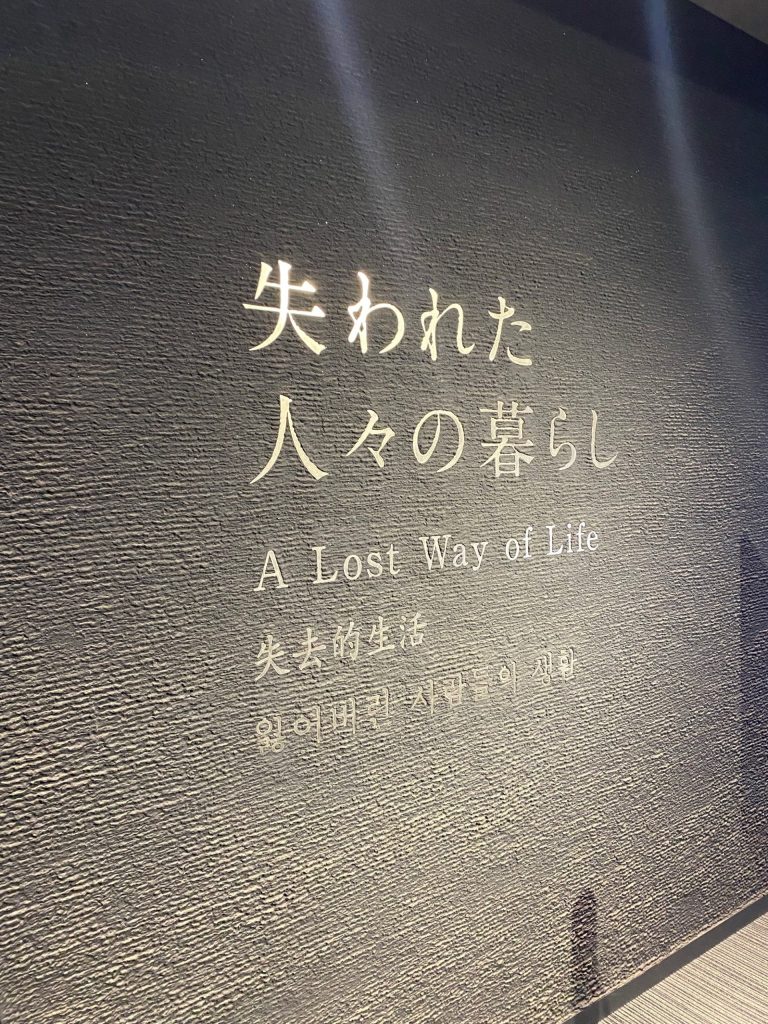
The horrors of war: The museum showed us the devastating impact of war, particularly on innocent civilians. The atomic bomb attack on Hiroshima was a reminder of the brutal reality of war and its human cost.
The importance of peace: The museum’s focus on promoting peace and understanding was a powerful reminder that we must work towards a world without war. We must strive for peace and work towards preventing the use of nuclear weapons in the future.
The resilience of the human spirit: Despite the destruction and devastation caused by the atomic bomb, the people of Hiroshima rebuilt their city and worked towards creating a better future. Their resilience and determination are an inspiration to us all.
After the emotionally intense experience at the museum, we felt the need to do something to calm our emotions and wanted to experience some of the local culture and cuisine. That’s when we decided to try the famous Hiroshima-style Okonomiyaki, which is a Japanese savory pancake that is made with a variety of ingredients, including cabbage, meat, seafood, and noodles. It is a popular dish throughout Japan, but each region has its own unique version. In Hiroshima, okonomiyaki is made by layering the ingredients on a hot griddle, with a thin layer of batter on top. The result is a delicious and hearty dish that is known for its unique texture and flavor.
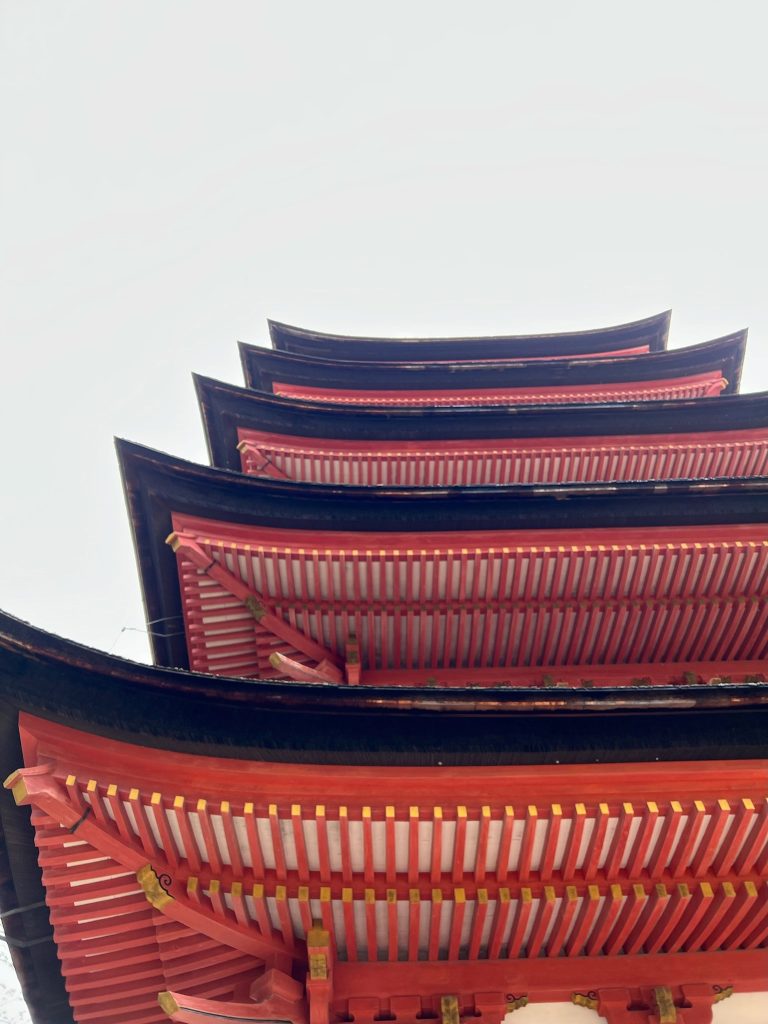 The next day, we decided to take a ferry to Miyajima Island, located just off the coast of Hiroshima. Miyajima Island is known for its stunning natural beauty and iconic Torii gate, which appears to be floating on water during high tide. As we arrived on the island, we were greeted by an incredible sight – the cherry blossoms were in full bloom, and the island was covered in a sea of pink and white flowers: Sakura!
The next day, we decided to take a ferry to Miyajima Island, located just off the coast of Hiroshima. Miyajima Island is known for its stunning natural beauty and iconic Torii gate, which appears to be floating on water during high tide. As we arrived on the island, we were greeted by an incredible sight – the cherry blossoms were in full bloom, and the island was covered in a sea of pink and white flowers: Sakura!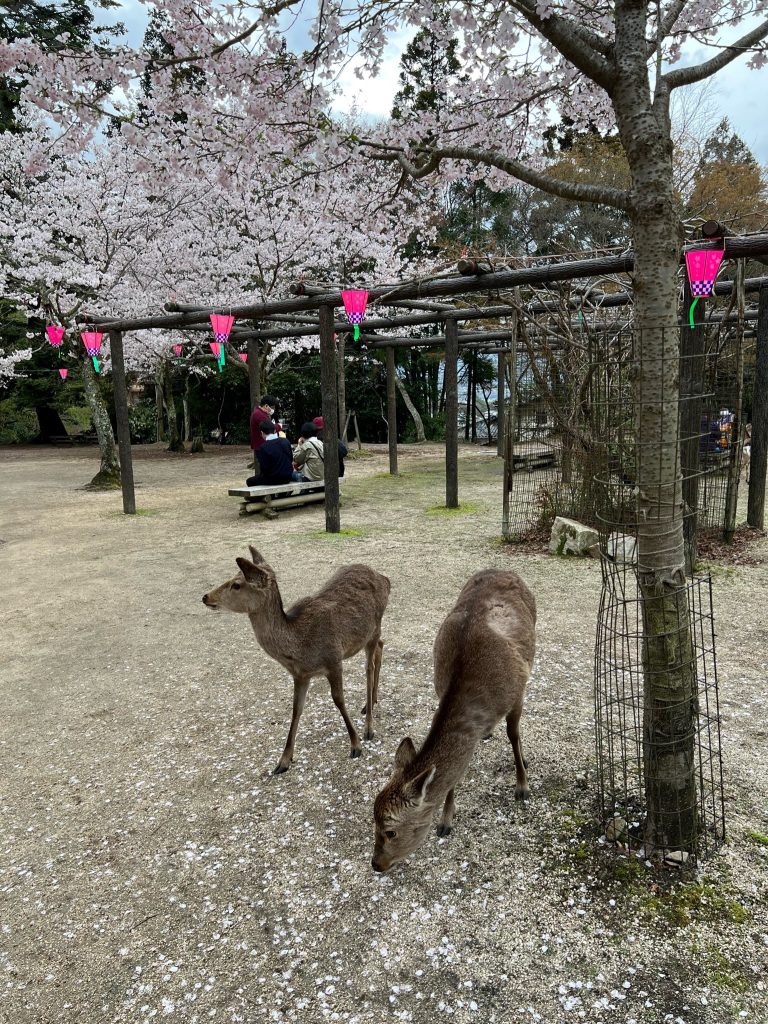
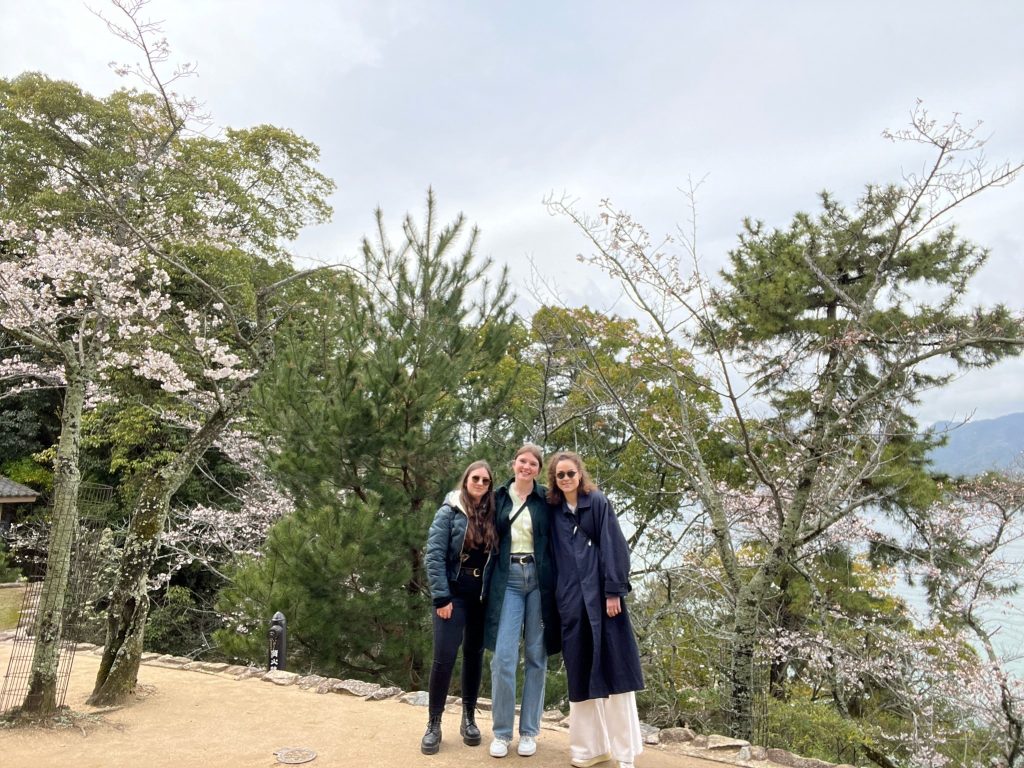
Overall, our experience in Hiroshima was an educational and emotional experience that left a lasting impression on all of us. From the somber reminder of the city’s tragic past, to the joy of experiencing its unique cuisine and last but not least our visit to Miyajima Island during the sakura season. The stunning natural beauty and cultural significance of the island combined to create a truly magical and unforgettable day. We left the city with a deeper appreciation for its history and culture, and a renewed commitment to promoting peace and understanding.
I believe that such travels shape us in many ways. They broaden our horizons and expose us to new cultures and ways of thinking. They challenge us to step out of our comfort zones and learn to adapt to new situations. They also create memories that we will carry with us for the rest of our lives, and that will shape the way we see the world.

